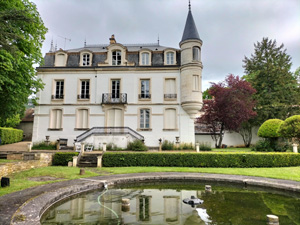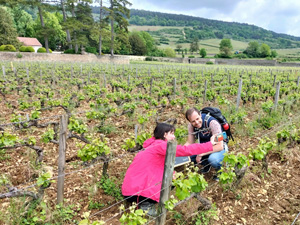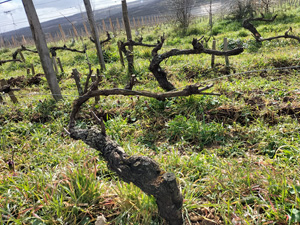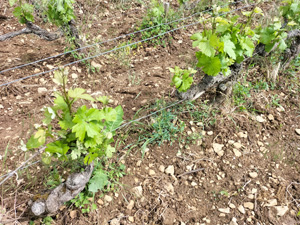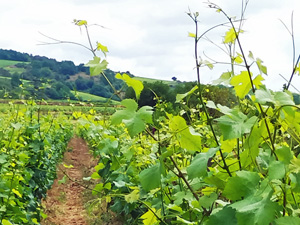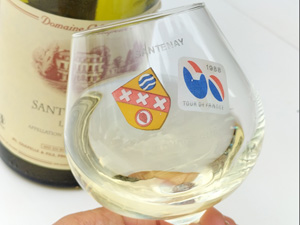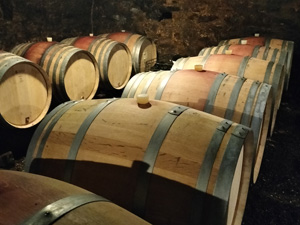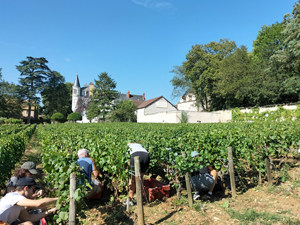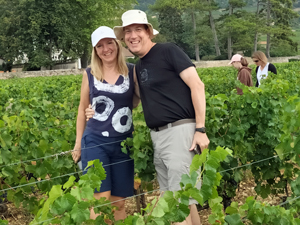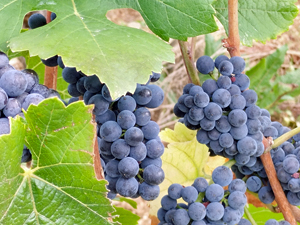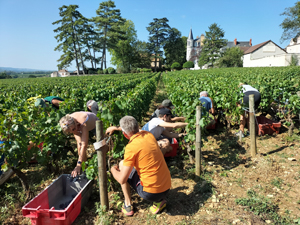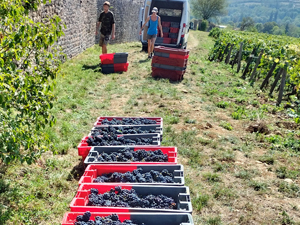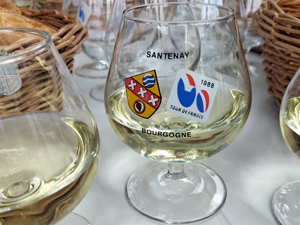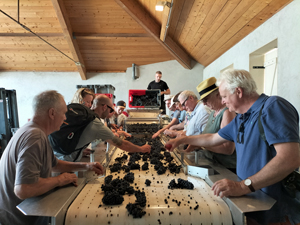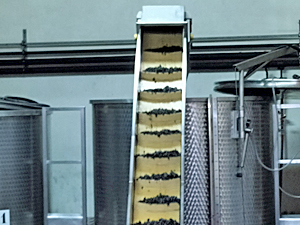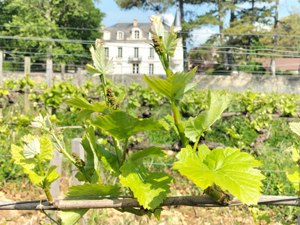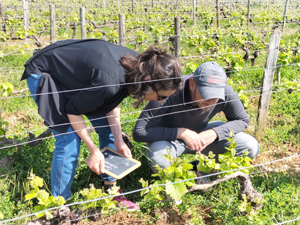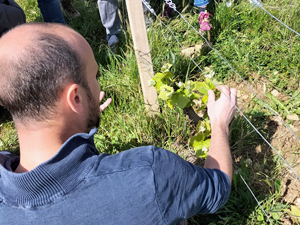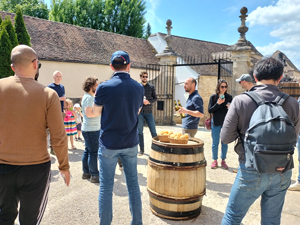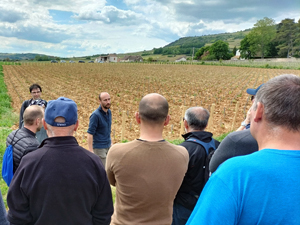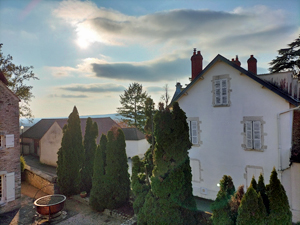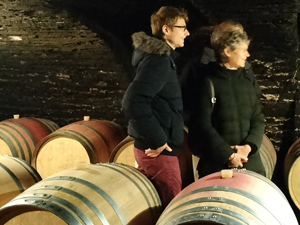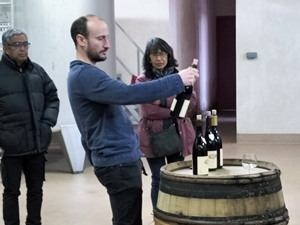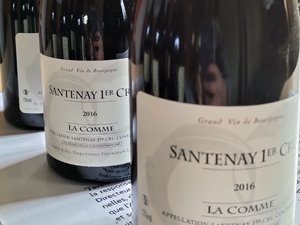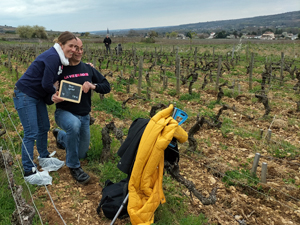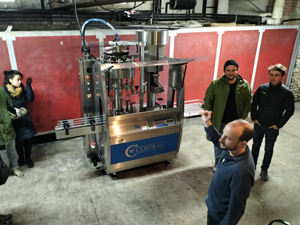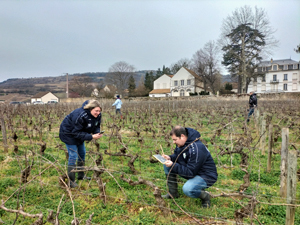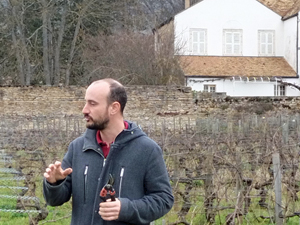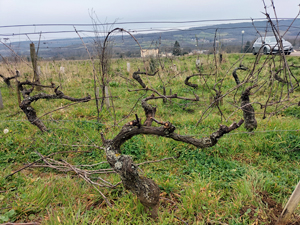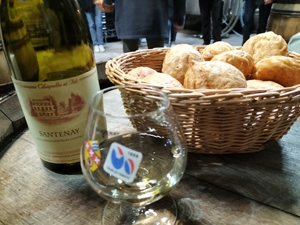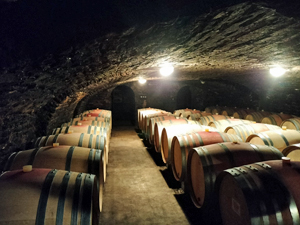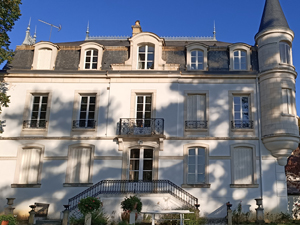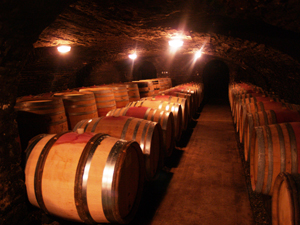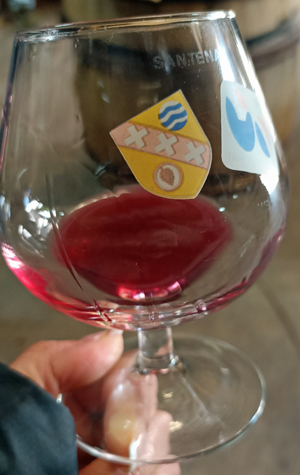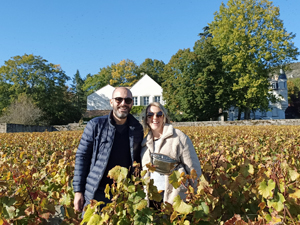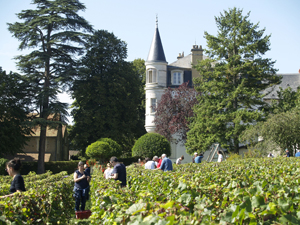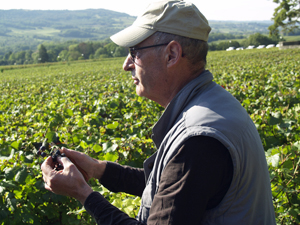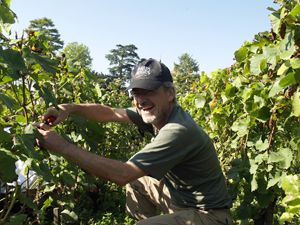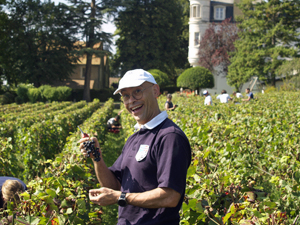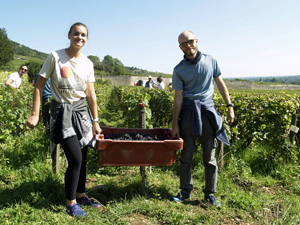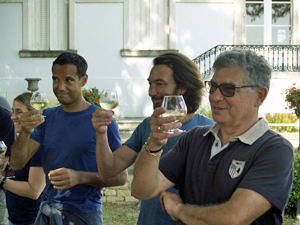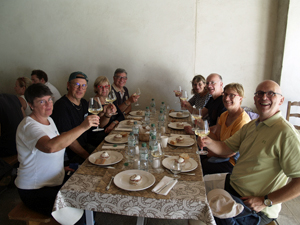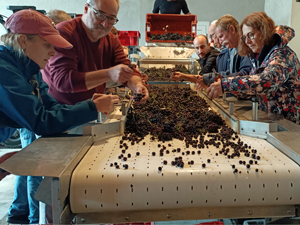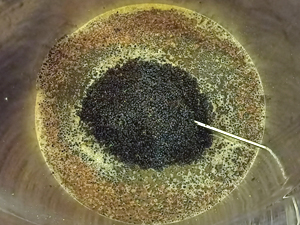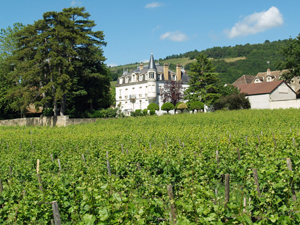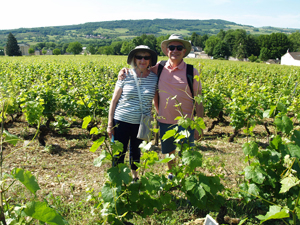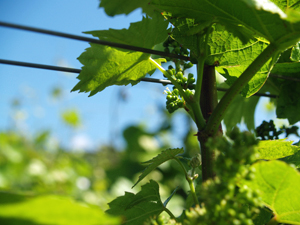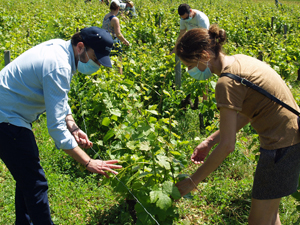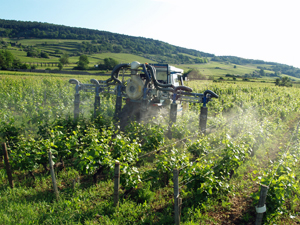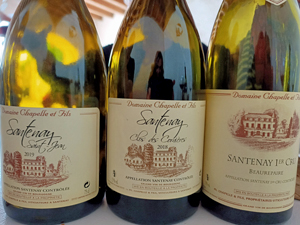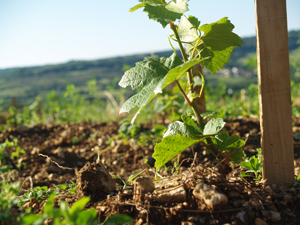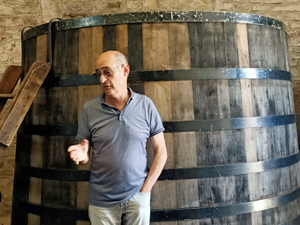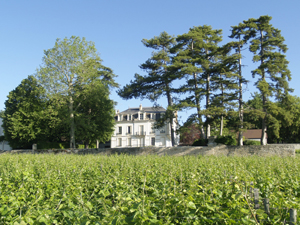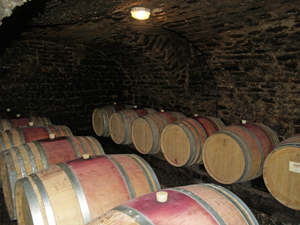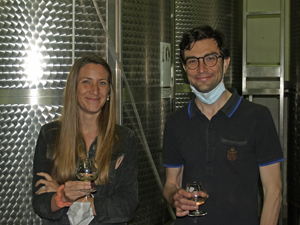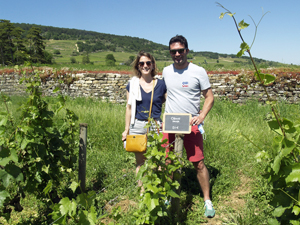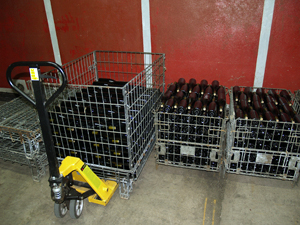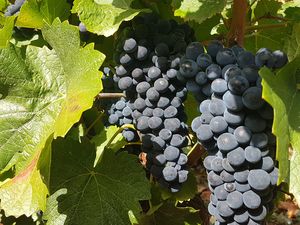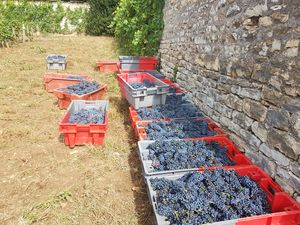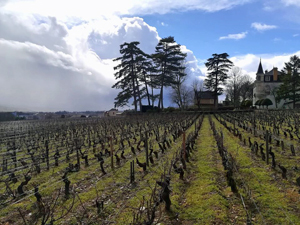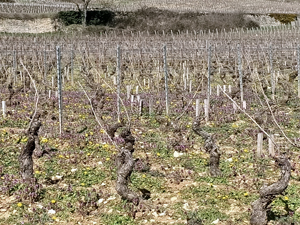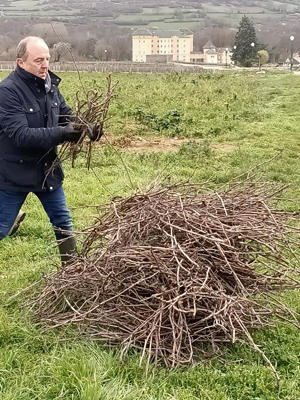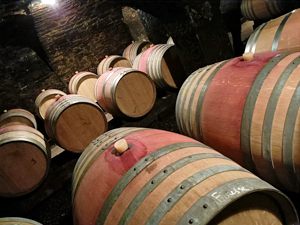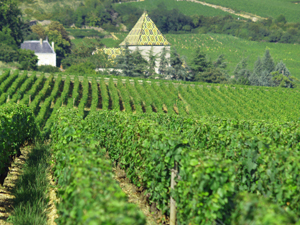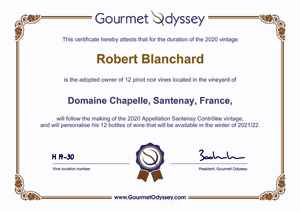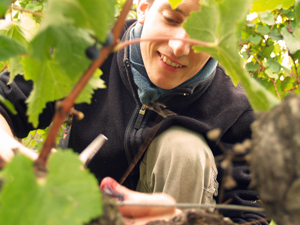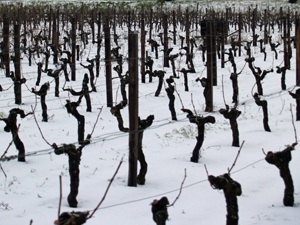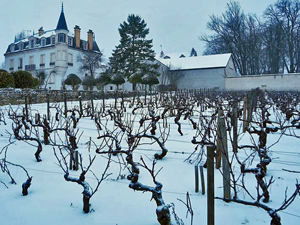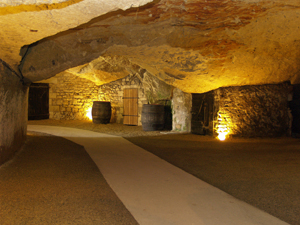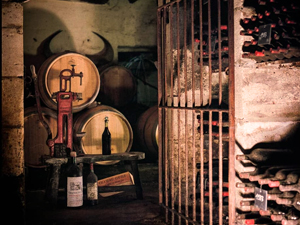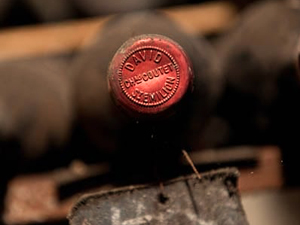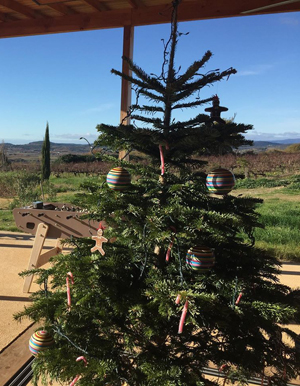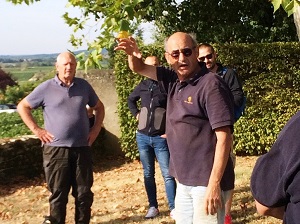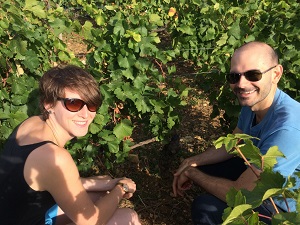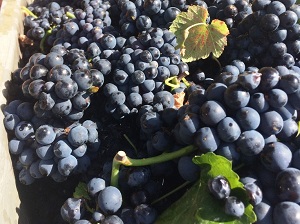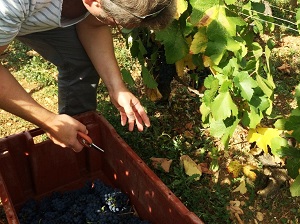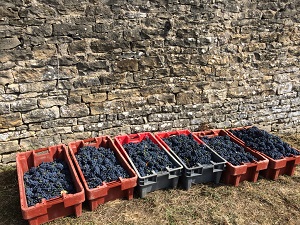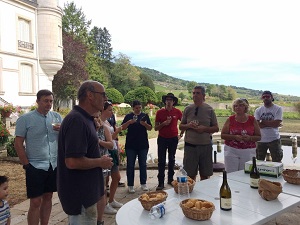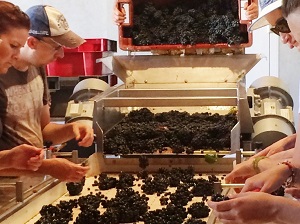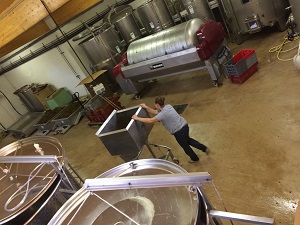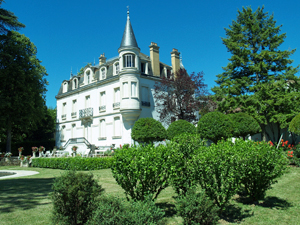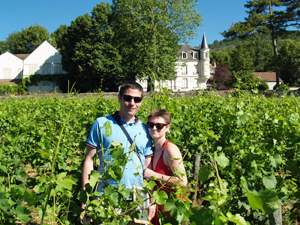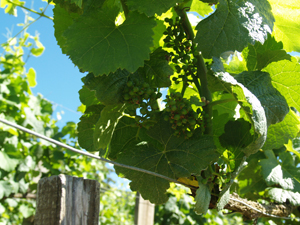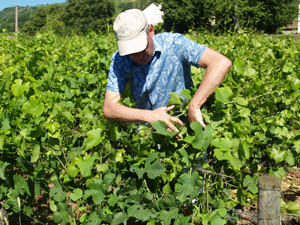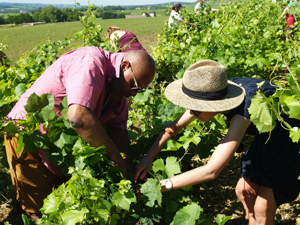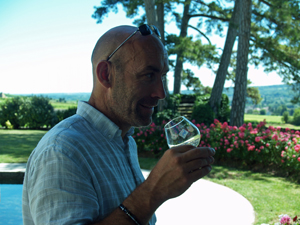We welcomed some of the Gourmet Odyssey apprentice winemakers to Domaine Chapelle in Burgundy to participate in the Harvest Experience Days on the very warm days of the 9th and 10th September.
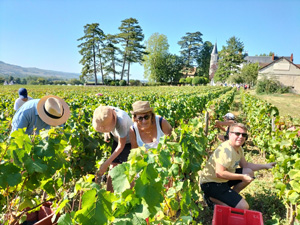
After the introduction to the winery and a brief history of wine-making in Burgundy, we headed out into the Clos des Cornières and Crays vineyards, the two plots where the adopted vines are located. We met up with our vines and took a few souvenir pictures to immortalise the moment!
We then went to the Park corner of the Clos des Cornières vineyard where we valiantly harvested the ripe and generous grapes that this great year has provided. After listening intently to the instructions as to how harvest the grapes, and which bunches to cut, we spread out among the rows to start picking.
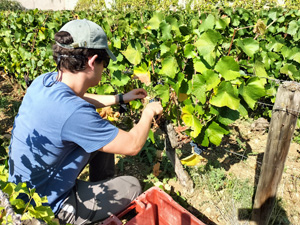
The 2023 vintage has turned out to be exceptional in terms of quantity and the size of the grapes. There were just a few bunches that we had to sort that had either been attacked by mildew or had some grapes that had been dried out by the sun.
We put the good grapes into crates, and once full, we took them back to the beginning of the row, exchanging it for an empty one!
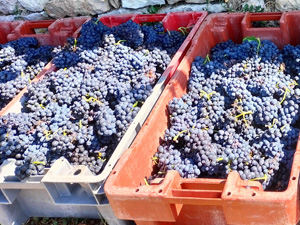
The time flew by, and we after a couple of fun and productive hours we had amassed quite a harvest, especially impressive considering the hot temperature!
After a refreshing glass of water, we savoured the tasting of the 2018 Santenay Premier Cru Les Gravières white wine, accompanied by the delicious Burgundy gougères.
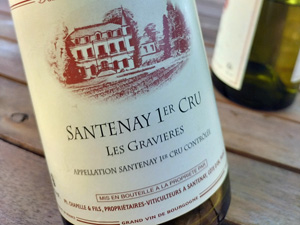
Lunch was served outside in the shade of the trees. A mushroom mousse and poached egg starter, paired with a 2020 aligoté, then a veal confit and risotto, served with the 2021 Clos des Cornières, before finishing with a deliciously velvety raspberry dessert, accompanied by the Santenay Premier Cru Gravières red wine.
The siesta was replaced by a visit to the hall where the grapes we harvested were sent. Here we sorted them and separated the grapes from the stems, and followed their gentle journey into the vat, thanks to Madame Giraffe. The whole process has been designed to keep the grapes as intact as possible all the way.
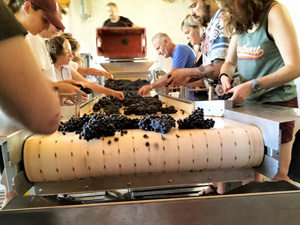
From the vineyard to the vat, great care is taken of the harvest to limit any premature maceration and to keep the fruit fresh.
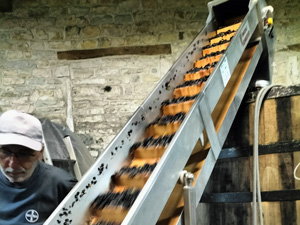
We finished the day by learning how the sugar is transformed into sugar during fermentation, and the colour and tannins extracted during the maceration phase. The indigenous yeast cells that are naturally present on the skin of the grapes are used for the fermentation, and they will start the process by themselves if the temperature is right. The fermentation phase lasts about 10 days.
The winery then keeps the wine in contact with the skin through pigeage or pumping over, in order to extract the colour and the tannins that will give the wine structure. This will be done every day for around 3 weeks, and then the wine will be put into oak barrels to start the ageing process.
Some of you will come back in spring 2024 to learn more about the decisive and delicate period of vinification and ageing.
The day drew to a close. We were very happy to have shared such a happy and instructive day in the true tradition of Burgundy harvests!



